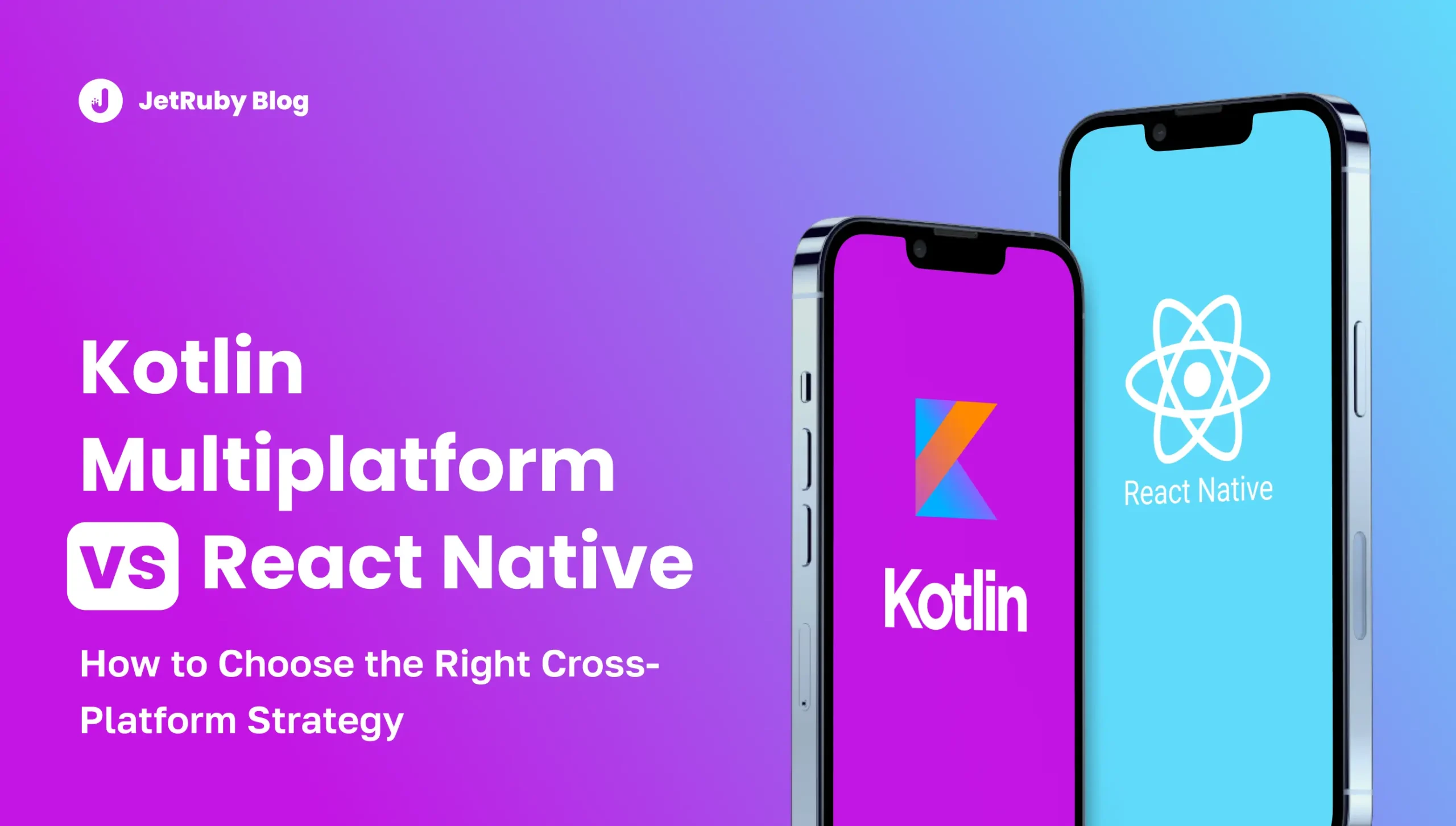Table of Contents
When a business grows, the pressure on its technology stack grows exponentially. More users, more data, more transactions — all of it tests the limits of your systems. Companies risk system outages, slow performance, mounting technical debt, and rising infrastructure costs without a proactive approach to scalability.
That’s why scalability is necessary for any digital product aiming for long-term success. This guide will explore preparing for scalable tech growth through innovative planning, architectural choices, team alignment, and automation.
Scalability Starts with Vision, Not Code
Too many companies treat scalability as a technical issue that needs to be fixed later. But real scalability begins with business strategy. Before you refactor code or migrate to a new platform, step back and define what growth means for your company.
Consider:
- Will you scale horizontally (more users, new regions) or vertically (more services, features)?
- Are you expecting steady growth or rapid spikes (e.g., seasonal traffic)?
- What does “breaking point” look like in your current setup?
Define success metrics — response time, availability, cost per user, system throughput — and ensure your teams agree on what must stay consistent as you scale.
Architect for Growth — Not Just for Speed
Choosing the exemplary architecture is one of the most critical early decisions. Many startups prioritize fast time-to-market and opt for monolithic structures. While this helps in the MVP stage, it can become a serious roadblock when user load and feature complexity increase.
Instead, architect your systems for modularity and elasticity:
- Microservices: Decouple services so they can scale, deploy, and fail independently. For example, you can scale your payment service without touching your user service.
- Event-driven architecture: Use message brokers like Kafka or RabbitMQ to decouple producers and consumers, improving responsiveness under load.
- Serverless and containerization: Use tools like AWS Lambda or Docker/Kubernetes to manage computing resources based on demand dynamically.
- Multi-region deployment: Distribute services across different geographic regions for global reach and redundancy.

Tip: For startups or SMBs, a hybrid approach like a “modular monolith” can be a practical first step before going full microservices.
Design with Data Growth in Mind
Data is both an asset and a liability at scale. Many systems slow down or become unstable as databases grow, leading to downtime or user frustration. Building with future data volume in mind is key.
Strategies to scale data effectively:
- Partition large datasets: Sharding by user ID, region, or tenant can help distribute load.
- Implement read replicas: Offload analytics and heavy queries from the primary database.
- Use NoSQL where appropriate: Document stores like MongoDB can offer more flexibility for unstructured or semi-structured data.
- Archive cold data: Move infrequently accessed data to cheaper storage solutions like Amazon S3 Glacier.
Also, establish data governance early — define what data to collect, how long to store it, and who has access. This reduces compliance risks and improves performance.
Invest in Automation and DevOps Culture
Scalability isn’t only about infrastructure — it’s about how fast and reliably your team can release new features, fix issues, and scale systems. That’s where DevOps plays a crucial role.
Key components of a scalable DevOps setup:
- CI/CD pipelines: Automate testing, building, and deployment to reduce manual errors and increase speed.
- Infrastructure as Code (IaC): Tools like Terraform or Pulumi allow you to provision infrastructure consistently across environments.
- Container orchestration: Kubernetes lets you manage containers efficiently, autoscale services, and handle self-healing of crashed pods.
- Automated monitoring and logging: Automated monitoring and logging should be built into your system from day one, giving you real-time visibility into performance and overall health. Tools like Prometheus, Grafana, Datadog, or the ELK stack make it possible to track key metrics continuously, while well-configured alerts for latency spikes, rising error rates, and resource exhaustion ensure you can react to issues before they escalate into outages.
DevOps practices also enforce a culture of continuous improvement and shared ownership, essential for long-term scalability.
Built-in Security and Compliance from the Ground Up
Scalable systems must be secure by design. As you grow, your attack surface expands — with more endpoints, users, and integrations. Security shouldn’t slow down your growth; it should enable it.
Scalability-minded security includes:
- Authentication and Authorization:
- Use centralized identity management (e.g., OAuth2, OpenID Connect).
- Implement Role-Based Access Control (RBAC) and Multi-Factor Authentication (MFA).
- Audit logging: Track changes, data access, and critical events for accountability.
- Secrets management: Use tools like HashiCorp Vault or AWS Secrets Manager.
- Regulatory compliance: Ensure your stack supports compliance frameworks (GDPR, HIPAA, SOC 2, PCI-DSS) with minimal friction.
Security and compliance shouldn’t be an afterthought. Waiting for a breach or legal issue to act is costly — instead, build a compliance-ready foundation from day one. But strong foundations also require systems that remain reliable and performant as they scale. Even the most well-architected platform will lose users if it slows under load; high latency directly affects both satisfaction and conversions.
To maintain reliability during growth, focus on:
- Intelligent load balancing — NGINX, HAProxy, or AWS ALB to distribute traffic efficiently.
- Caching layers — Redis or Memcached for frequently accessed data.
- CDN integration — Cloudflare or Akamai for global, fast content delivery.
- Graceful degradation — Keep partial functionality during failures.
- Rate limiting & throttling — Protect resources and ensure fair usage.
- SLOs & Error Budgets — Balance reliability with release speed.
Performance alone isn’t enough — you also need to know exactly how your system behaves under stress. Don’t assume it will “just work” during traffic spikes.
Testing is a critical part of preparing for scalability — it’s about knowing exactly where the weak points are before they cause real problems. That means running load tests to validate performance under expected demand, stress tests to push systems beyond their limits and expose breaking points, and applying chaos engineering techniques — like Netflix’s Chaos Monkey — to simulate controlled failures and confirm resilience. Regular disaster recovery drills ensure backups, failovers, and region switchovers actually meet your Recovery Time and Recovery Point Objectives (RTO/RPO), so you can recover quickly when the unexpected happens.
To keep everyone moving in the same direction, establish clear ownership for each service and piece of infrastructure, maintain thorough documentation to avoid reliance on tribal knowledge, encourage cross-functional collaboration between Development, QA, Operations, and Product teams, and invest in structured onboarding so new hires can contribute quickly and safely. In the end, the way your people work together is just as important as the way your systems are built.
Final Thoughts
Scalability is a mindset, a discipline, and an evolving process. The most successful tech companies plan for growth before they need it, choosing flexible architectures, automating operations, and building resilient systems that adapt alongside the business.
At JetRuby, we help companies of all sizes future-proof their digital platforms. From product architecture to DevOps pipelines and secure infrastructure, our team delivers solutions ready to scale — with you and for you.
Ready to grow with confidence? Let’s talk about how JetRuby can support your next stage of scalable tech growth.
Need a scalability audit? JetRuby offers consulting and implementation services to evaluate your current stack and prepare it for the next level of growth. Contact us →




